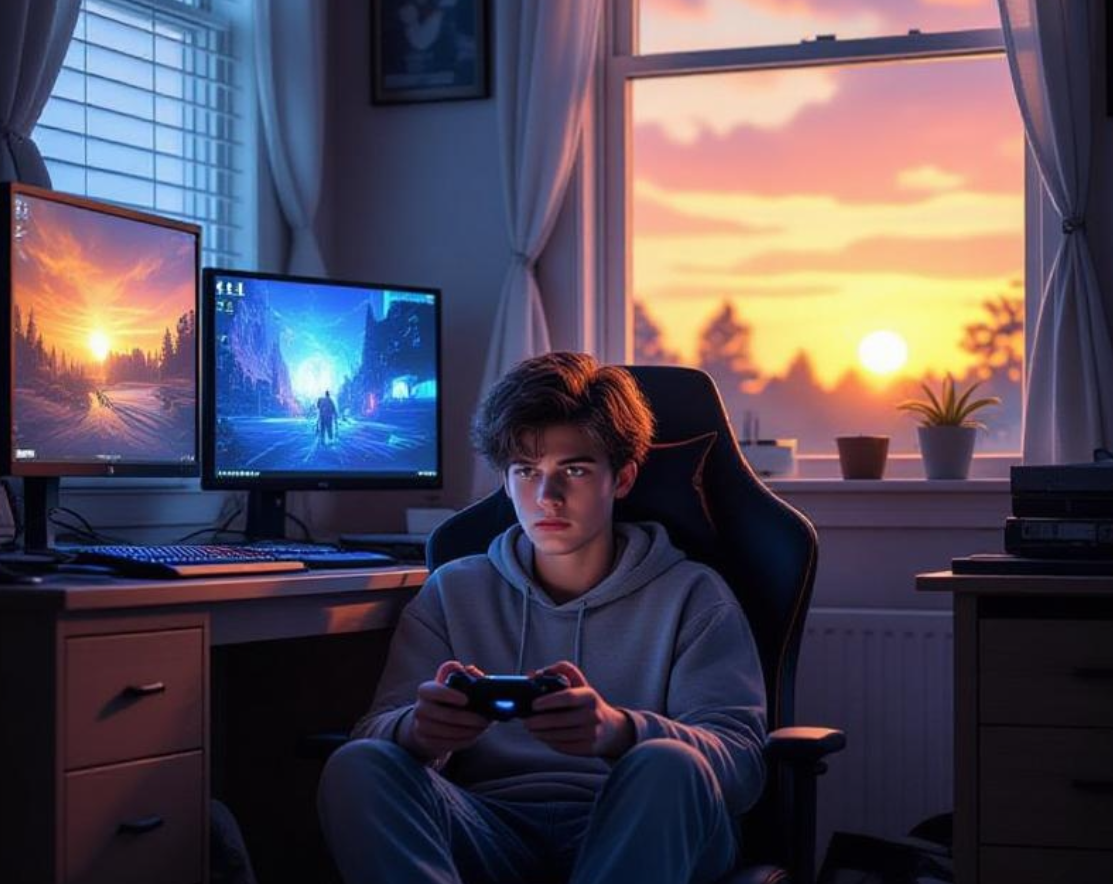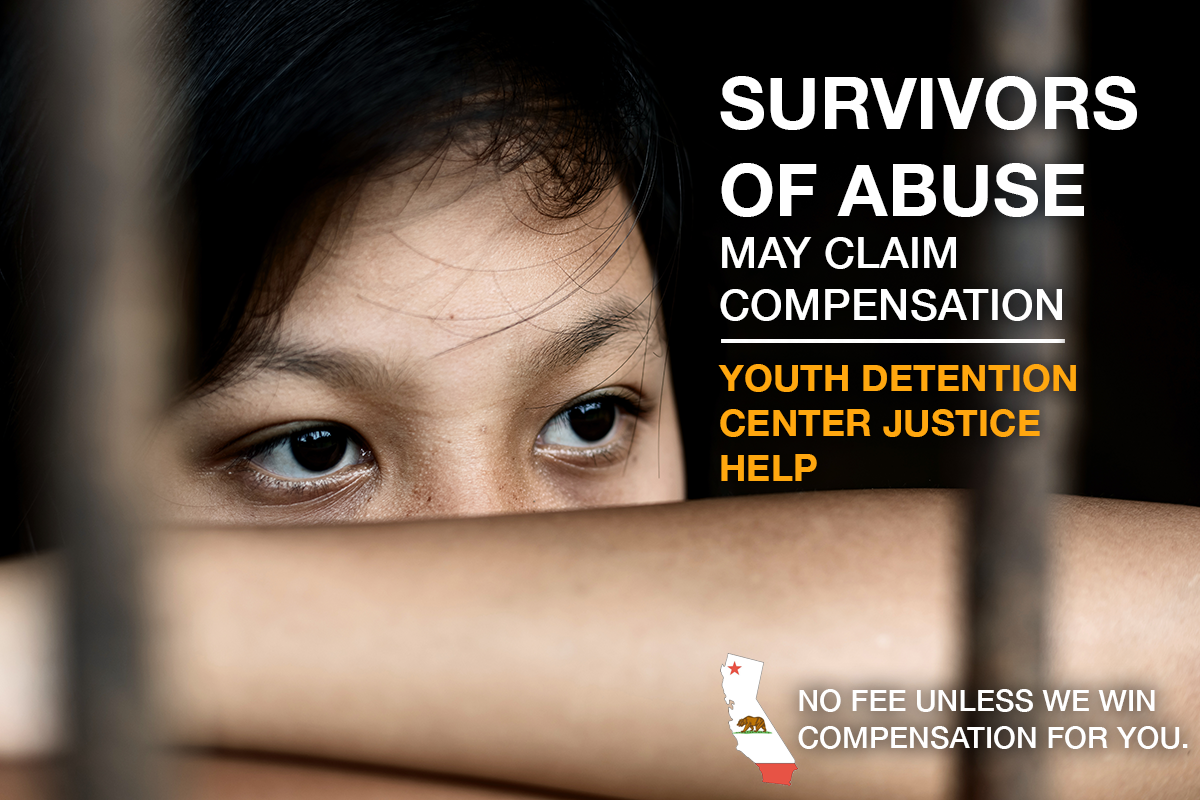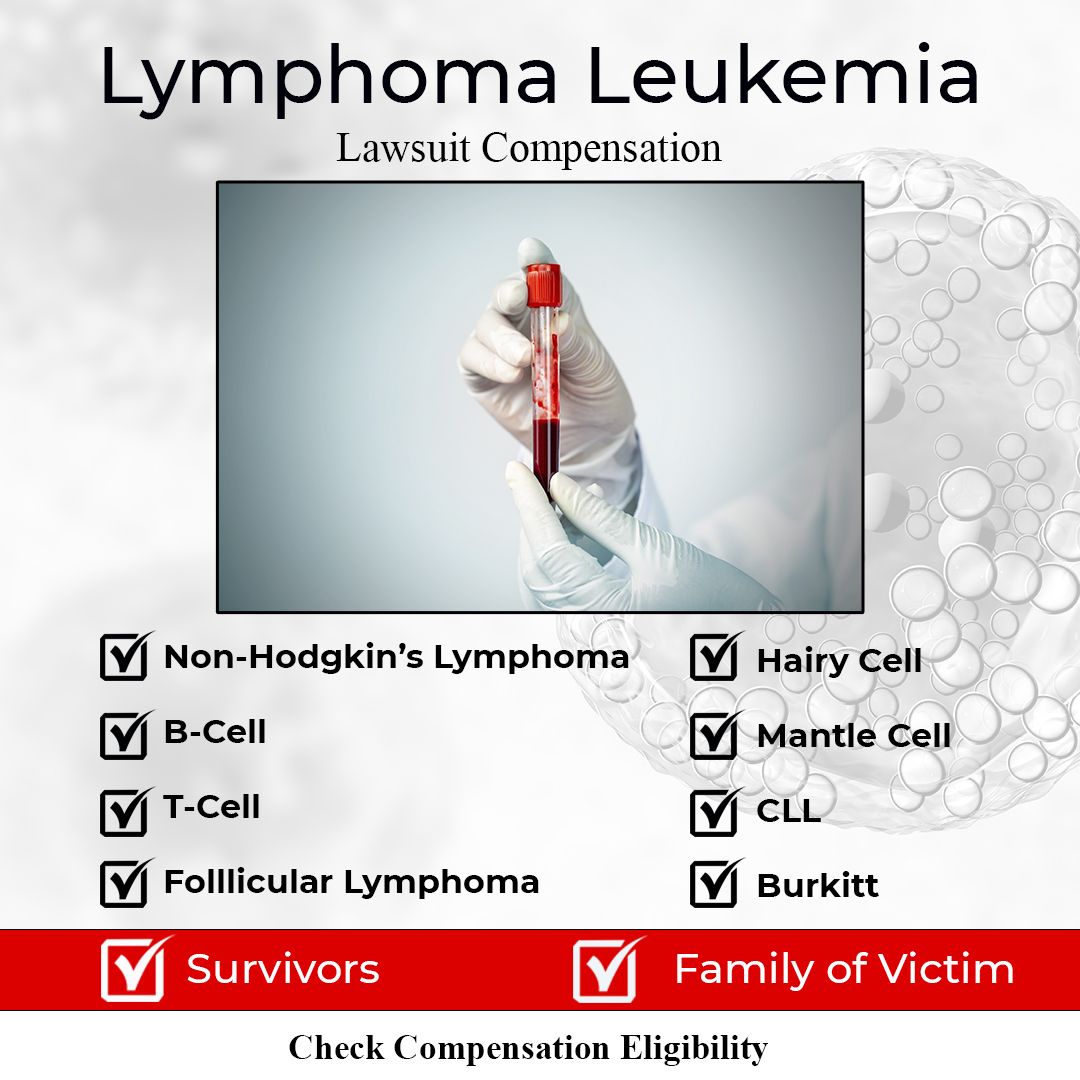In today’s rapidly expanding world of mass tort litigation, new harms from technology and consumer products are reshaping the legal landscape. Among these, video game addiction cases stand out as a groundbreaking opportunity. They allow law firms to fight for vulnerable youth and families while building high-value caseloads.
At Mass Tort Ad Agency, we’ve played a crucial role in launching and scaling this emerging tort. To date, over $25 million in advertising has been invested, resulting in 100,000 signed video game addiction cases across 60 law firms. Founded by Jacob Malherbe, the pioneer of social media-driven mass tort advertising and author of The Facebook Effect for Lawyers, our agency has consistently delivered results.
We began by partnering with smaller firms to prove the viability of these cases. Then, we developed strategies that expanded campaigns to a national scale. In this guide, we will break down the rise of video game addiction litigation. Next, we’ll outline proven litigation and marketing strategies. Finally, we’ll reveal how aligning with us gives your firm the edge to secure claimants and generate real ROI—without falling into the traps of unproven approaches.
Why Video Game Addiction Matters
Video game addiction cases often fall under “internet gaming disorder” or negligent design claims. These lawsuits argue that developers like Microsoft, Nintendo, Activision Blizzard, Roblox, and Epic Games engineered games with addictive features. Loot boxes, endless reward cycles, and dopamine-triggering loops are just a few tactics designed to maximize profits. Unfortunately, this comes at the expense of young users’ mental health.
As a result, plaintiffs are seeking damages for issues such as depression, anxiety, social isolation, sleep deprivation, and even obesity. These cases echo earlier litigations, such as tobacco and opioids, where corporate greed outweighed consumer safety.
By September 2025, filings surged. Parents now argue that games like Minecraft, Fortnite, Call of Duty, and Roblox exploit developing brains. Importantly, the World Health Organization has recognized gaming disorder since 2018. At Mass Tort Ad Agency, we have fueled this growth with hyper-targeted social campaigns. These campaigns connect affected families to law firms quickly, converting awareness into signed retainers worth millions in potential settlements.
The Evolution of Video Game Addiction Cases
Video game addiction litigation is not new. In the 1990s, early lawsuits targeted arcade operators. By the 2010s, the explosion of mobile and online gaming reignited parental concern. The 2018 launch of Fortnite, which attracted 125 million players in a matter of months, sparked an outcry over loot box mechanics.
By 2020, class actions began, citing consumer protection laws and unfair trade practices. The turning point arrived in 2023–2024, when multidistrict litigation (MDL) efforts gained traction. For instance, a California federal case against Activision Blizzard argued that Call of Duty’s microtransactions functioned like slot machines.
International pressure added momentum. Countries like Belgium and the Netherlands banned loot boxes as gambling, influencing U.S. claims. By April 2025, more than a dozen lawsuits had been filed against industry giants, including Microsoft and Nintendo. Plaintiffs now demand both damages and injunctive relief, such as age-gated features and addiction warnings.
At Mass Tort Ad Agency, we recognized these trends early. Just as we did with opioids and Roundup, we helped firms secure the majority of viable claims. Using insider networks, we launched Facebook campaigns that generated 250,000 leads and positioned our clients for settlements projected at $50,000–$100,000 per claimant.
Strategies for Success in Video Game Addiction Litigation
Winning these cases requires three things: causation evidence, expert testimony, and a strong claimant pool. Here’s how successful firms—and our agency partners—achieve this.
-
Proving Causation
-
Subpoena internal developer documents showing intentional addiction design.
-
Cite research like the APA’s 2024 report, linking gaming to 10–15% of youth mental health disorders.
-
Use app logs to prove excessive weekly play, cross-referenced with therapy records.
-
-
Leveraging Expert Testimony
-
Psychologists and neuroscientists explain dopamine hijacking and brain changes.
-
Economists quantify damages such as lifetime therapy costs and reduced earning potential.
-
-
Generating Leads Ethically
-
Hyper-targeted Facebook campaigns identify parents of affected teens.
-
Landing pages with built-in qualifiers improve lead quality by 40%.
-
Video ads of families in recovery boost click-through rates threefold.
-
With these strategies, the cost per signed retainer currently averages $300, including intake. That means firms entering now are still incredibly early in this tort.
Overcoming Challenges
Of course, these cases face hurdles. Developers will argue “personal responsibility” or cite First Amendment protections. Some researchers claim only 3–4% of gamers experience clinical addiction. Moreover, ethical concerns about marketing can lead to scrutiny.
However, Mass Tort Ad Agency has overcome these obstacles across 100+ torts. We rely on transparent ads, professional intake, and insider knowledge to ensure compliance and deliver a return on investment above 4:1.
Why Partner with Mass Tort Ad Agency
In a space crowded with opportunists, our 15+ years of experience set us apart. We launched video game addiction campaigns from the ground up and proved their scalability. Our network of 600+ firms gives us unmatched reach.
More importantly, we handle everything end-to-end:
-
Strategy (viability audits)
-
Creative (story-driven ads)
-
Marketing (Facebook and Instagram mastery)
-
Optimization (real-time dashboards)
-
Intake (professional case screening)
Clients consistently affirm our impact. One partner stated: “Jacob’s team took our video game cases from zero to hero—ethically and effectively.” Another added: “Without Mass Tort Ad Agency, our 60,000 opioid claims would never have been possible.”
Future Trends: 2025 and Beyond
Looking ahead, centralized litigation will only grow. By late 2025, we expect MDL consolidation in California, with over 20,000 plaintiffs. AI-driven gaming, metaverse harms, and virtual isolation will fuel new sub-torts. Meanwhile, global regulations like the EU’s Digital Services Act will pressure U.S. courts toward multi-billion-dollar settlements.
At the same time, communities such as Reddit’s r/StopGaming will amplify claimant stories, generating organic leads and public pressure. Legislation like the Kids Online Safety Act could further strengthen claims.
Conclusion: The Time to Act is Now
Video game addiction litigation is more than just another tort. It’s a reckoning for unchecked tech power and a chance for law firms to achieve landmark wins. With filings against Microsoft, Epic, Roblox, Nintendo, and others already surging, the moment is here.
Don’t navigate this high-stakes frontier alone. At Mass Tort Ad Agency, our $250M+ track record, ethical strategies, and industry expertise give your firm the advantage it needs.
Are you ready to scale your practice with real claimants and proven campaigns? Contact us today and secure your roadmap to success in the video game addiction tort.



